
US Judge restricts Biden officials from contact with social media firms
By Kanishka Singh WASHINGTON (Reuters) -A U.S. federal judge on Tuesday restricted some agencies and officials of the administration of
2023-07-05 03:21
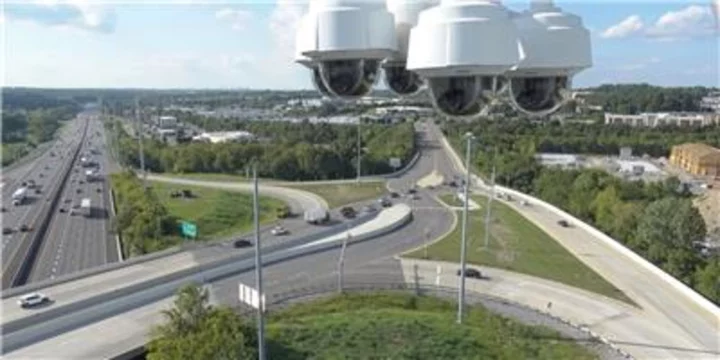
Vanderbilt University Conducts Groundbreaking Study to Uncover Cause of Phantom Traffic Jams
CHELMSFORD, Mass.--(BUSINESS WIRE)--Jun 14, 2023--
2023-06-14 22:23

France welcomes EU probe into Chinese electric vehilces - minister
PARIS French Europe Minister Laurence Boon on Wednesday welcomed an anti-subsidy investigation into Chinese electric vehicles launched by
2023-09-13 18:57
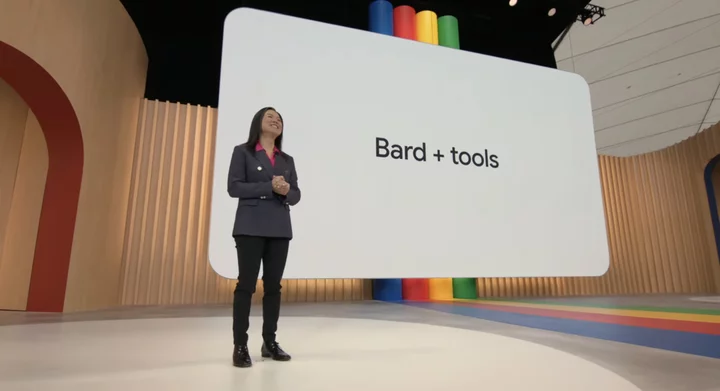
Google Bard gets a massive upgrade. See the new AI chatbot features.
Google is outfitting Bard with some meaningful upgrades with an assist from Adobe. As anticipated,
2023-05-11 01:52

Ukrainian pupil to buy home for his mother after selling Minecraft server
For most teenagers Minecraft remains just a hobby, but one Ukrainian schoolboy’s love for the game has meant he can now afford to buy his homeless mother a house. Lomond School pupil Maksym Gavrylenko has made a “substantial” sum after selling the server he ran from his bedroom, which allows gamers from all over the world to connect to and play together on, with friends. The 17-year-old boarding school pupil said: “I am very proud that I was able to turn my passion into a profitable business and I plan on treating my mother. “As a result of the war, she was forced to flee her home, leaving her homeless, so to buy her a property will make all the hours spent on this project worthwhile.” She is currently staying with friends in Portugal, but intends to settle close to her son. Other family members of Maksym’s remain in his war-torn homeland. His grandparents would not leave Kyiv, having lived there their whole lives, and his sister stayed in the country as her partner had to sign up to defend Ukraine. Making enough money from selling the gaming company he set up to buy his mother a house was something he never expected, the teenager said, with he and his friends embarking upon the project for fun. “We never imagined it would develop into a viable business opportunity, but with guidance from my brother who works in tech, and the school, I was encouraged to explore the possibilities to turn it into something bigger,” Maksym said. His success comes after he moved from Ukraine to Scotland in 2021 and bought a little-used Minecraft server for £1,000, and in the years that followed he and two friends made changes which resulted in a huge rise in players. Along with this, advertisers were attracted to the server, and its value increased. And because of the influx, Lomond School said a lucrative offer was made by a tech firm, which was accepted in May this year. I have no doubt that this won’t be the last we hear about one of Maksym’s business ventures Johanna Urquhart, Lomond School principal Now with one business success under his belt, Maksym wants to expand on his knowledge by going to university and has applied to a mixture of UK and overseas universities. “I don’t know what the future holds, but I’ve always had an interest in business having worked as a part-time translator and a writer in Ukraine,” said the student, who studies at the school in Helensburgh, in Argyll and Bute. “As well as having a passion for gaming, I really enjoyed the entrepreneurial side of our project, and I have applied to universities around the world to study business management.” His preferred choice for university is south of the border in England. Johanna Urquhart, Lomond School principal, said what Maksym had achieved was “absolutely incredible”. “I have no doubt that this won’t be the last we hear about one of Maksym’s business ventures,” she said. Read More Charity boss speaks out over ‘traumatic’ encounter with royal aide Ukraine war’s heaviest fight rages in east - follow live Legislation needed to protect data from AI ‘ghostbots’, say researchers Banking app feature allows economic abuse survivors to mute malicious messages Augmented reality headset Vision Pro is ‘most advanced device ever’ – Apple
2023-06-07 07:17

VINSSEN Awarded Approval In Principle Certification For 100kW Fuel Cell Module for Marine Application
YEONGAM, South Korea--(BUSINESS WIRE)--Sep 11, 2023--
2023-09-12 09:22
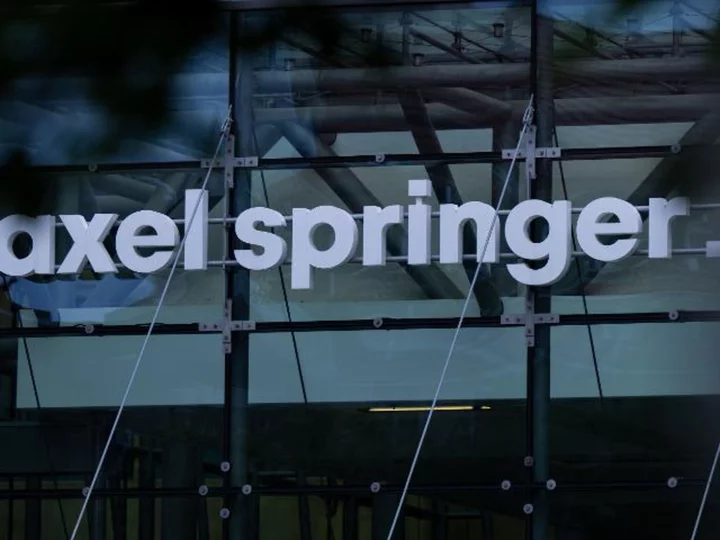
Germany's biggest newspaper is cutting 20% of jobs as it prepares for an AI-powered digital future
German tabloid newspaper Bild plans to cut hundreds of jobs as it scales back its regional operations this year — and ramps up its use of artificial intelligence in preparation for a digital-only future.
2023-06-21 19:59

Cabinet approves Irish involvement in cyber-threat network
The Cabinet has approved Ireland’s participation in a European Defence Agency (EDA) project to improve cyber-threat response and information exchange with other member countries. Tanaiste and Minister for Defence Micheal Martin secured Government approval for the project which aims to facilitate information exchange and improve the response to cyber threats to EU member states’ defence structures. The duration of the Military Computer Emergency Response Team Operational Network (Micnet) project is four years with the possibility of an extension. The EDA said this network of national cyber-threat response teams will enhance the level of cooperation in the cyber domain at EU level, at a time when computer networks are increasingly contested and the number of cyber-attacks against the EU continues to grow. It said cyberattacks have increased exponentially in the past few years, having serious political, financial, and economic consequences across Europe and beyond. The objective is to develop a robust and coordinated response to cyber threats affecting defence systems in the EU, including those used in military common security and defence policy missions and operations. Mr Martin also secured approval for three other European Defence Agency projects relating to the procurement of Defence Forces equipment. This includes ammunition, soldier equipment and Chemical Biological Radiological and Nuclear (CBRN) items like hazmat suits. The projects are an opportunity to secure defensive equipment and ammunition after the Russian invasion in Ukraine impacted supply for smaller nations like Ireland. The overall EDA ammunition procurement project includes fast-tracked supply for Ukraine but Ireland will not be participating in this aspect as it has “constructively abstained” from the supply of lethal equipment. Ireland may still supply non-lethal soldier equipment and CBRN items to Ukraine. Ireland has participated in the European Defence Agency, which was set up to support the EU’s defence capabilities, since it was established in 2004. Ireland’s participation in these EDA projects will now be subject to Dail approval. Read More Charity boss speaks out over ‘traumatic’ encounter with royal aide Ukraine war’s heaviest fight rages in east - follow live Trust and ethics considerations ‘have come too late’ on AI technology Mitigating ‘extinction’ from AI should be ‘global priority’, experts say Teenager given criminal behaviour order apologises after TikTok ‘prank’
2023-05-31 03:22

Alibaba, NIO, XPeng Stocks Climb. Chinese Businesses Get a Regulatory Boost.
China's cyberspace regulator's proposal is seen as a move to boost business activity and is particularly good news for the country’s multinational companies.
2023-09-29 18:20
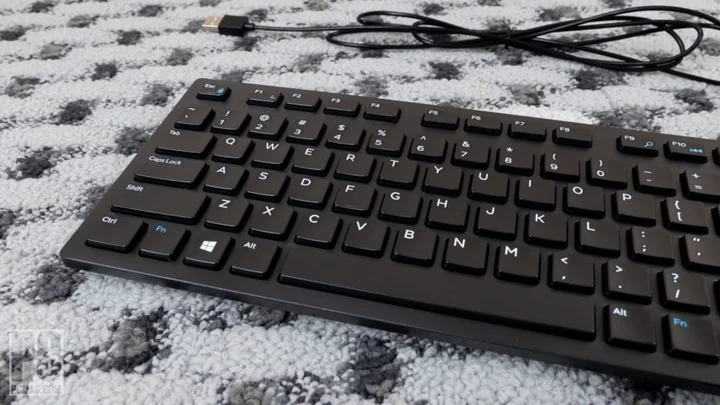
The Best Cheap Keyboards for 2023
Keyboards are an essential part of any PC setup, but once you start getting particular
2023-08-08 09:54
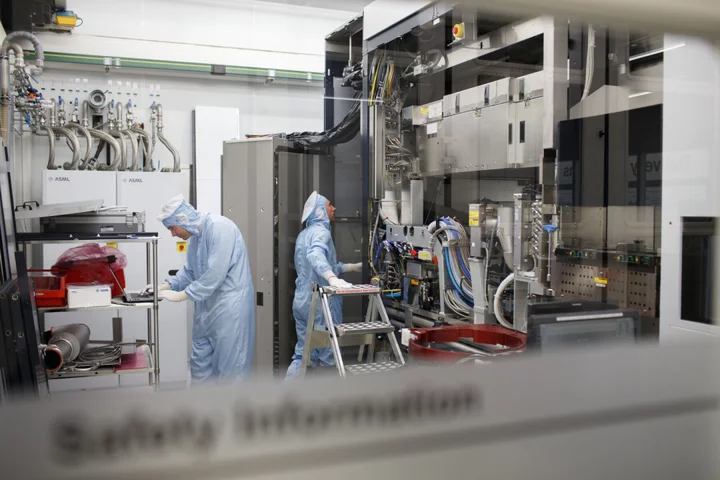
ASML Hit With New Dutch Limits on Chip Gear Exports to China
The Netherlands published new export controls that will restrict more of ASML Holding NV’s chipmaking machines from being
2023-06-30 20:52

Games-Teen swimmer Pan adds to China's golden glow at Asian Games
By Ian Ransom and Martin Quin Pollard HANGZHOU, China Chinese prodigy Pan Zhanle became the first Asian swimmer
2023-09-25 00:27
You Might Like...

Every glass of water you have drank contains dinosaur wee
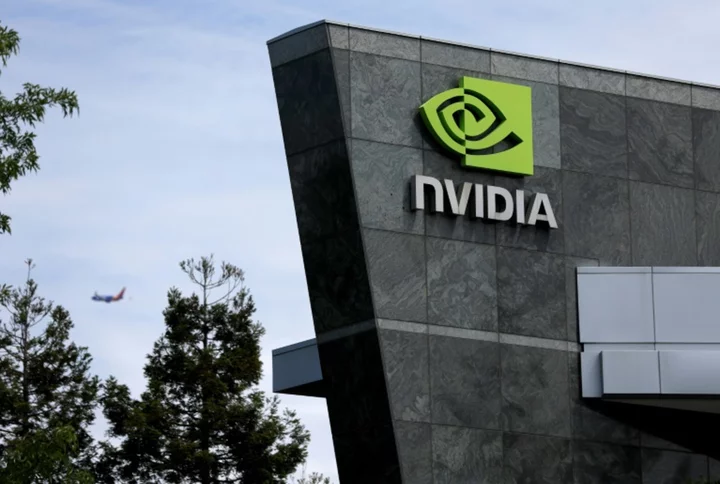
Tech's carbon footprint: can AI revolutionize responsibly?
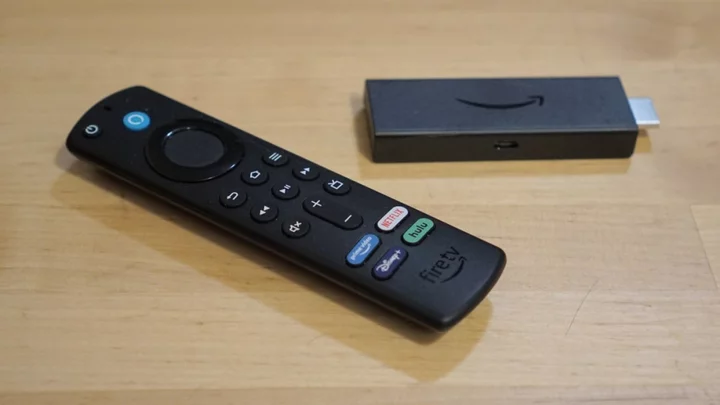
Amazon Fire TV Stick With Alexa Voice Remote (3rd Gen) Review

Scientists now say finding alien life in the universe is 'only a matter of time'

Extreme Heat Over Southern Europe Triggers Fresh Weather Alerts

DNP Increases Number of Wide Range Coating Devices for High Function Optical Film at Mihara plant
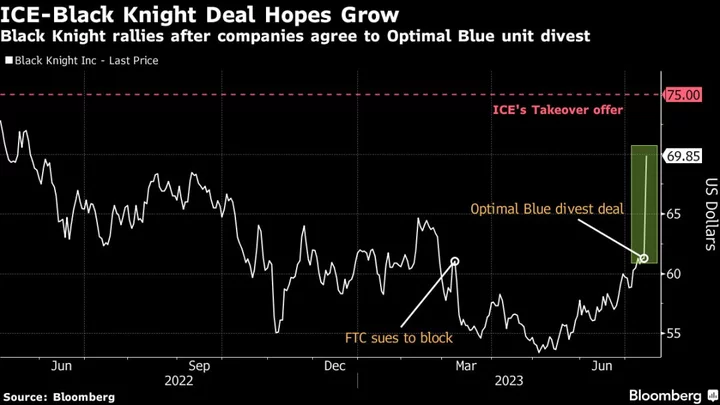
Black Knight-ICE Merger Hopes Fueled by Unit Sale Ahead of FTC Fight

Will MrBeast move to Kick to 'protest' Twitch's new guidelines on sponsorships and branded content?
